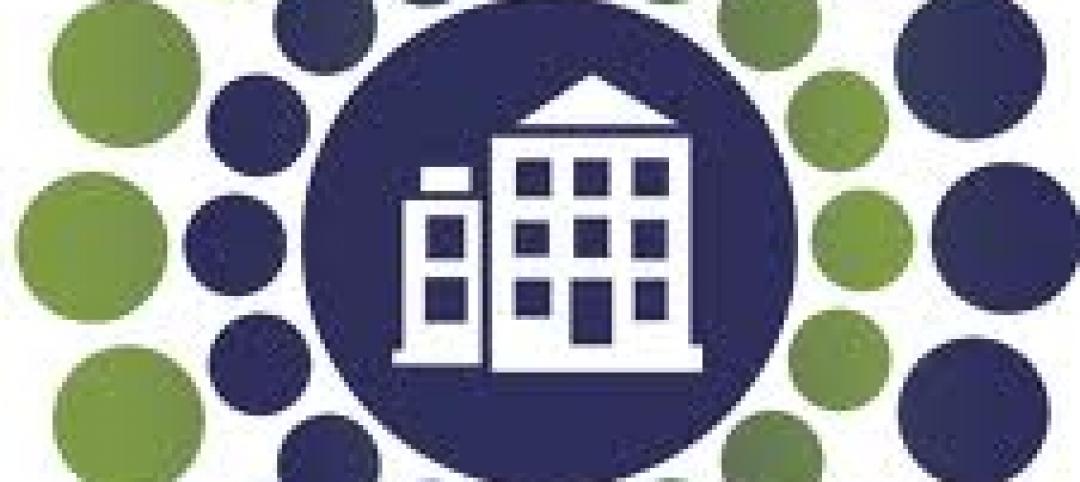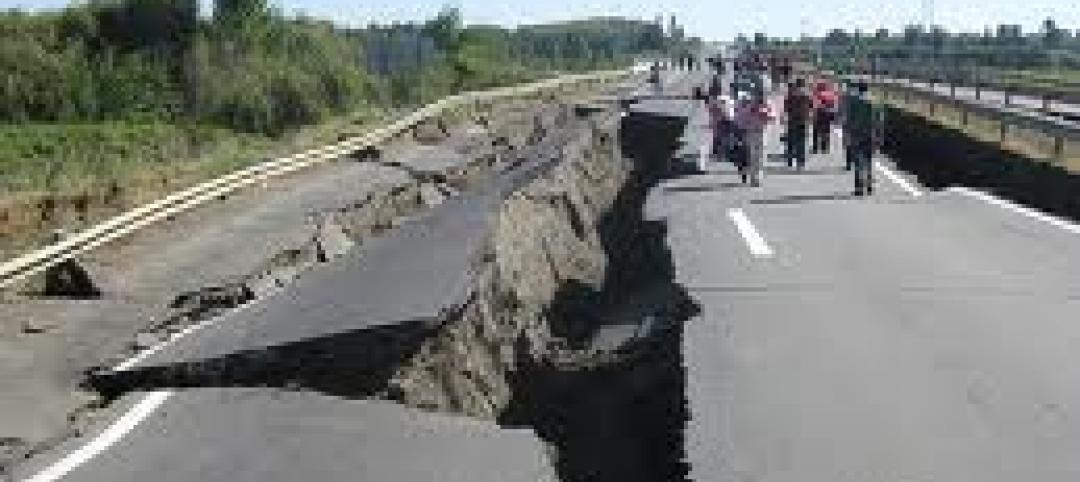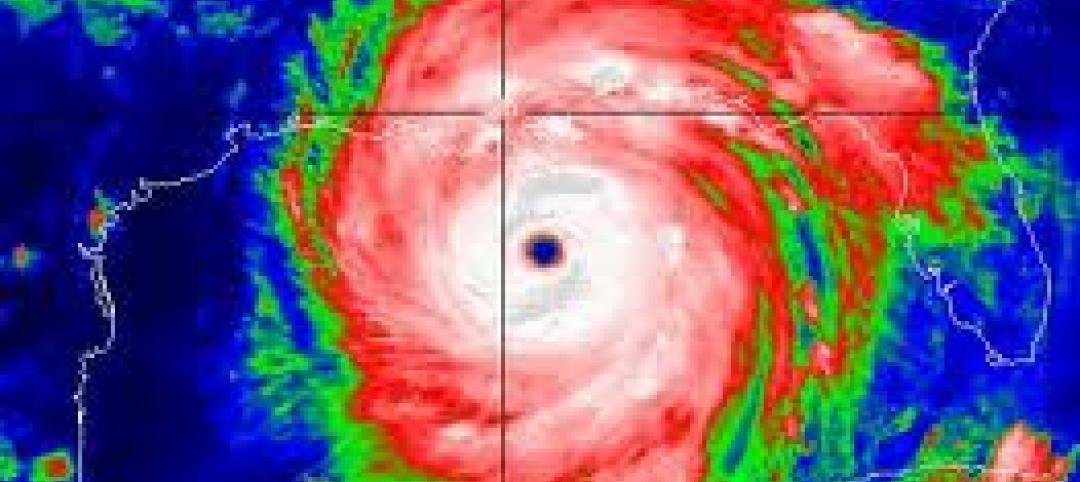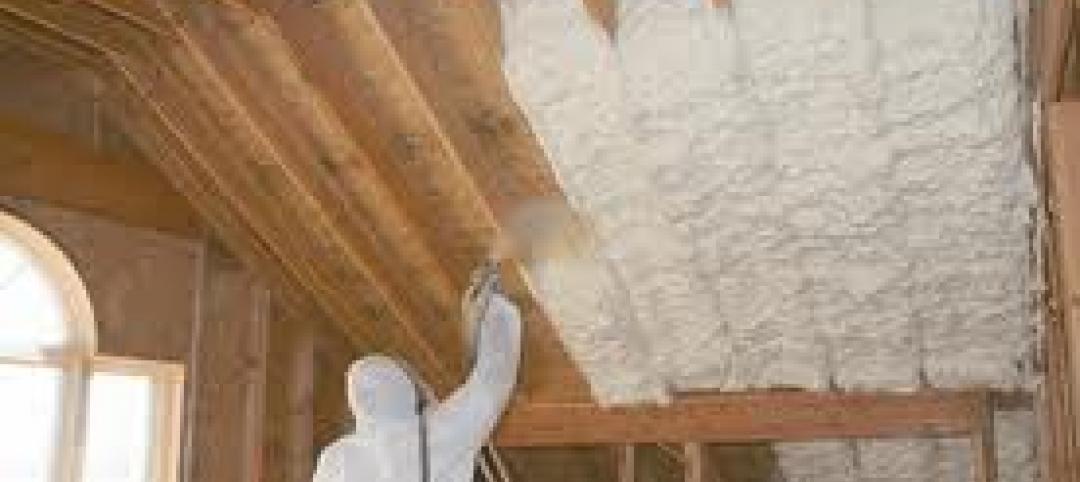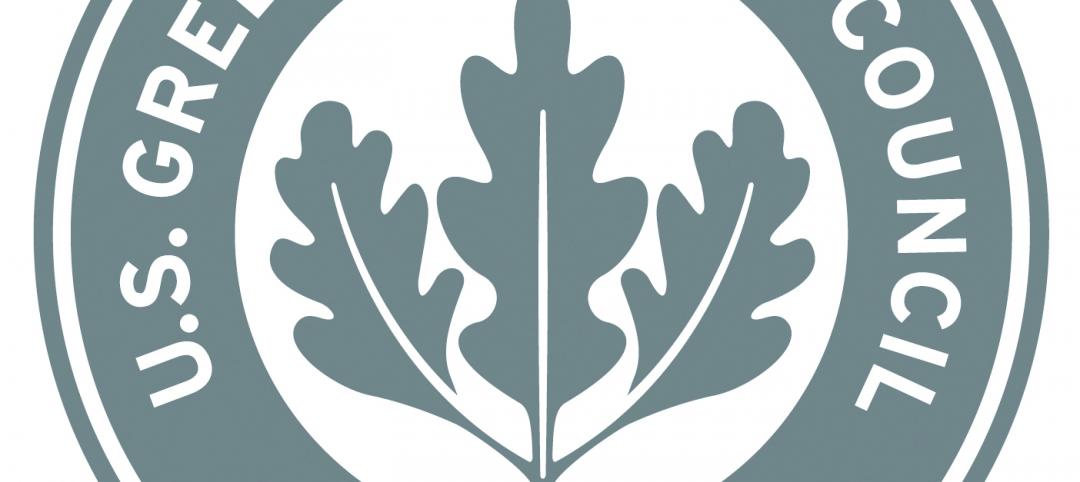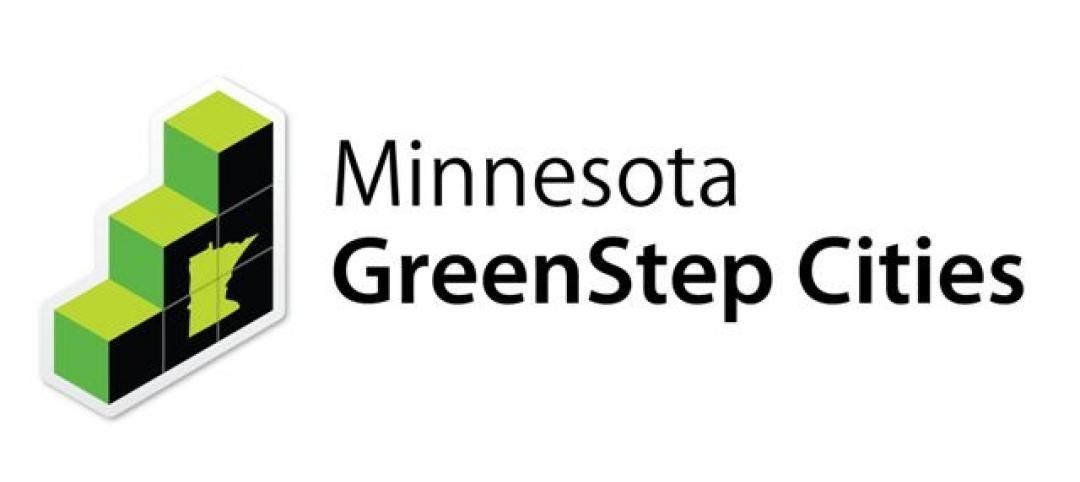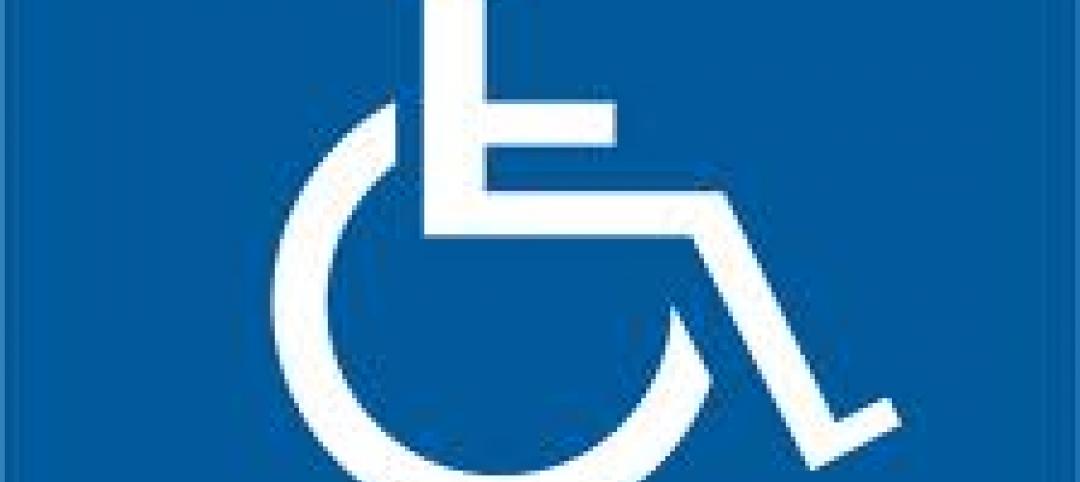The U.S. Green Building Council (USGBC) released a new strategy, “Healthy People in Healthy Places Equals a Healthy Economy,” to use LEED to support buildings and communities in a post-pandemic world.
The program includes launching emergency guidance and upgrades to LEED to ensure that it reflects the realities that buildings and people inside them will face in the near future. “By helping everyone understand the role a LEED-certified building can have in creating healthy spaces, we can help rebuild public trust, stimulate the economy, and ultimately bring about a healthier standard of living for all,” said Mahesh Ramanujam, USGBC president and CEO.
USGBC will update current LEED strategies in LEED v4.1 that support indoor environmental quality, cleaning, occupant comfort, operations, better materials and risk management. The organization will introduce new LEED strategies including pilot credits to support social distancing, nontoxic surface cleaning, air quality, and infection monitoring.
Other USGBC initiatives include forming Regional CEO Advisory Councils to advise and support USGBC’s CEO on how the organization can prioritize sustainability in a post-pandemic world. It will also accelerate the implementation of its USGBC Equity program to better address the social, health, and economic disparities within communities.
USGBC plans to publish a series of best practice guidance reports to help project teams assist their occupants as they reenter their spaces.
Related Stories
| Jan 26, 2012
Earthquake 'fuse' could save buildings during temblors
The idea is to use an earthquake "fuse" that can prevent the tiny fractures and warps that make structures unsafe after a quake and very expensive to repair.
| Jan 26, 2012
HPD open materials standard for green building materials gains momentum
GreenWizard, provider of a cloud-based product management and project collaboration software, is the latest industry participant to sign on
| Jan 26, 2012
Siemens launches smoke detection knowledge center
New knowledge center web site demonstrates efficacy of smoke detection.
| Jan 18, 2012
Chile's seismic code upgrades credited with saving lives in 2010 quake
Since 1960, when Chile suffered a 9.5 magnitude quake, the largest ever recorded; the country has steadily improved building codes to protect lives and property.
| Jan 18, 2012
Report analyzes residential hurricane codes in 18 states
The Insurance Institute for Business & Home Safety (IBHS) released a new report analyzing residential building codes in 18 hurricane-prone coastal states along the Gulf of Mexico and the Atlantic Coast.
| Jan 18, 2012
Death in Chicago high-rise apartment fire blamed on fire code
The death of a Chicago woman who stepped off her elevator into a blazing inferno last week has underscored the need for fire sensors in elevators.
| Jan 18, 2012
California approves open cell spray foam for energy efficiency standards
The California Energy Commission (CEC) now recognizes open-cell spray foam as an accepted insulation in its 2008 Building Energy Efficiency Standards.
| Jan 5, 2012
Building to LEED standards now an 'easy call' from cost standpoint
Once seen as a cost burden, building to LEED standards is now an "easy call," according to Dan Probst, chairman of energy and sustainability for real estate management and development firm Jones Lang LaSalle.
| Jan 5, 2012
Minnesota's GreenStep Cities program aids communities in winning grants
GreenStep Cities, a Minnesota initiative, was designed to provide greater recognition to the state's communities for achievements in meeting sustainability standards and goals.
| Jan 5, 2012
Some ADA accessibility rules change in 2012
Some changes to the Americans with Disabilities Act go into effect beginning March 15, 2012.




